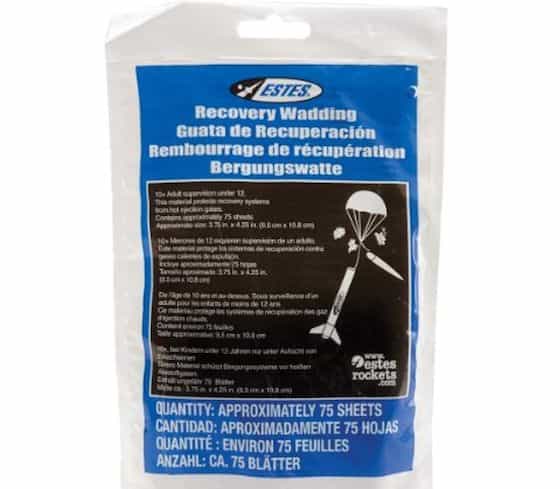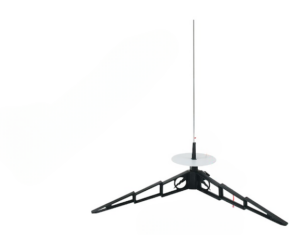
Building and launching model rockets is a fun experience. A model rocket’s flight times can last up to 60 seconds. Of that 60 seconds, the rocket may spend less time going upward and can even be less than 10 seconds. This means it spends the majority of the time coming down.
In the recovery phase, a parachute pops up as the rocket comes down. There are a number of model rocket recovery methods with the parachute recovery method being the most commonly used. This technique is to separate the nosecone and have the parachute come out and help land the rocket without anything getting broken.
In this post, we will go through how does a model rocket deploy a parachute work. Let’s get started!
How Does A Model Rocket Deploy A Parachute Work?
When it comes to model rockets the goal is to recover as much of the rocket itself intact. One of the best ways and most common is to use a plastic parachute that attaches to the nose cone and the main body of the rocket.
Once you decided that you are going to use a parachute to help bring the rocket back to earth safely and in one piece.

For the parachute to be deployed there has to be some short internal force that pops off the nose cone of the rocket. The parachute, which is attached by strings to the nose cone and it brings it carefully back down to earth.
Depending on the design of the model rocket, you may also have a cord that attaches the main body of the rocket and nose cone together. This would require a much bigger parachute, of course.
What Produces The Internal Force That Pops Off The Nose Cone?
In order to pop the nose cone off of the top of the rocket, there is needed small blast of energy contained inside the rocket tube. The blast is forced upward into the tube toward the nose cone.
This blast is produced by the small model rocket engine. The engine actually serves two purposes, propulsion and parachute/streamer deployment.

Unfortunately, the blast from the second stage of the rocket engine sends hot gases upward toward the plastic parachute and nose cone. That means you have to place a non-flammable barrier this is called model rocket recovery wadding between the top of the rocket engine and the end of the tube where the parachute and nose cone are mounted.
You can buy modeling wadding at your local hobby store that sells model rocket supplies. Remember to be sure to never overpack the wadding or parachute into the end of the tube.
When everything comes together and it is time to launch the rocket, but sure that everyone stays way back to avoid the possibility of getting burned during launch.
What Is Dual Deployment?
Dual deployment is exactly as it sounds, two different parachutes are deployed from the same model rocket. This type of deployment is generally found with rockets designed for mid to high-altitude capabilities.
This is because at a much higher altitude deploying a large parachute will likely end up chasing your rocket miles away.

So, the idea of having a smaller first chute the rocket drops back to earth much quicker. The secondary and much bigger parachute would be deployed at a designated time.
The secondary chute deployment is handled by a small charge that is contained in the electronics section. Also, the electronics keep track of the altitude and deploy the second parachute.
The first, smaller parachute is referred to as a drogue parachute and is considerably smaller than the primary chute.
You will still need to have protective wadding for the parachutes to prevent the plastic and strings of the parachute from being burnt by the blast from the rocket engine.
Final Thoughts
Finally, the parachute method is a recovery technique that is used in the recovery phase of the model rocket flight. The parachute technique is to separate the nose cone and have the parachute come out and help land the rocket without anything getting broken.
Are you on Pinterest? Pin these!







